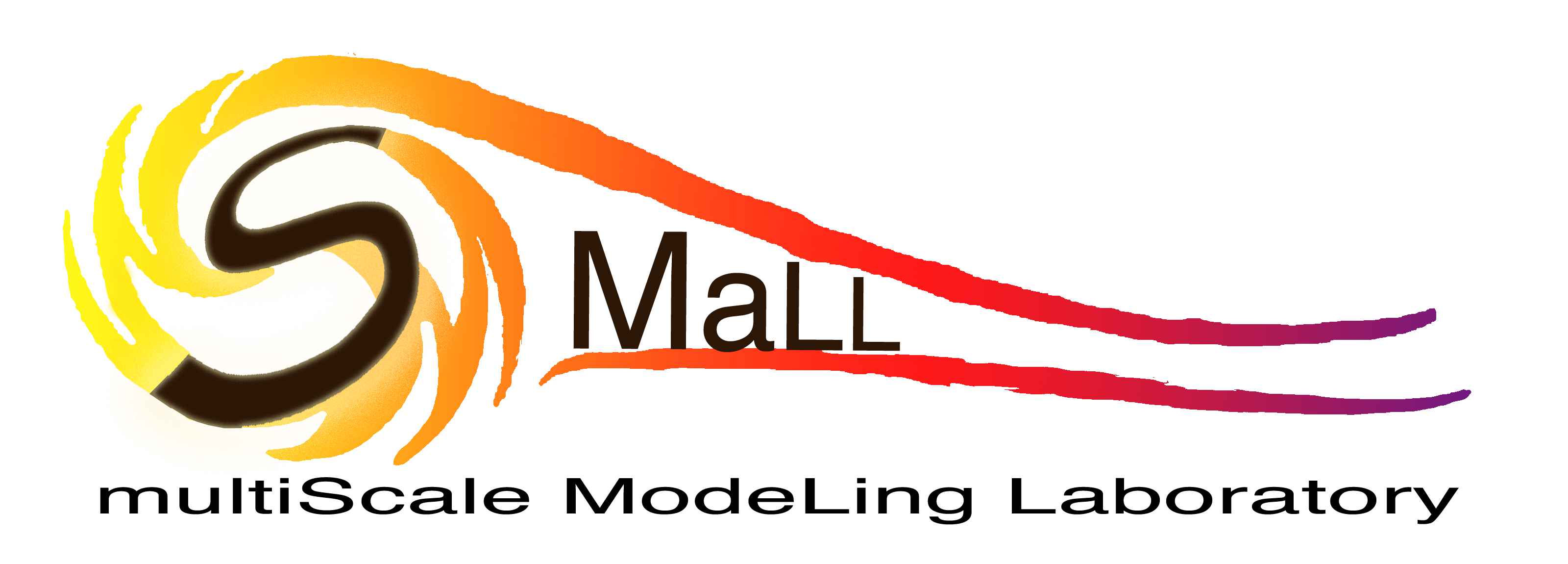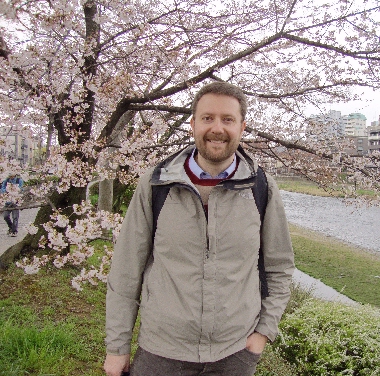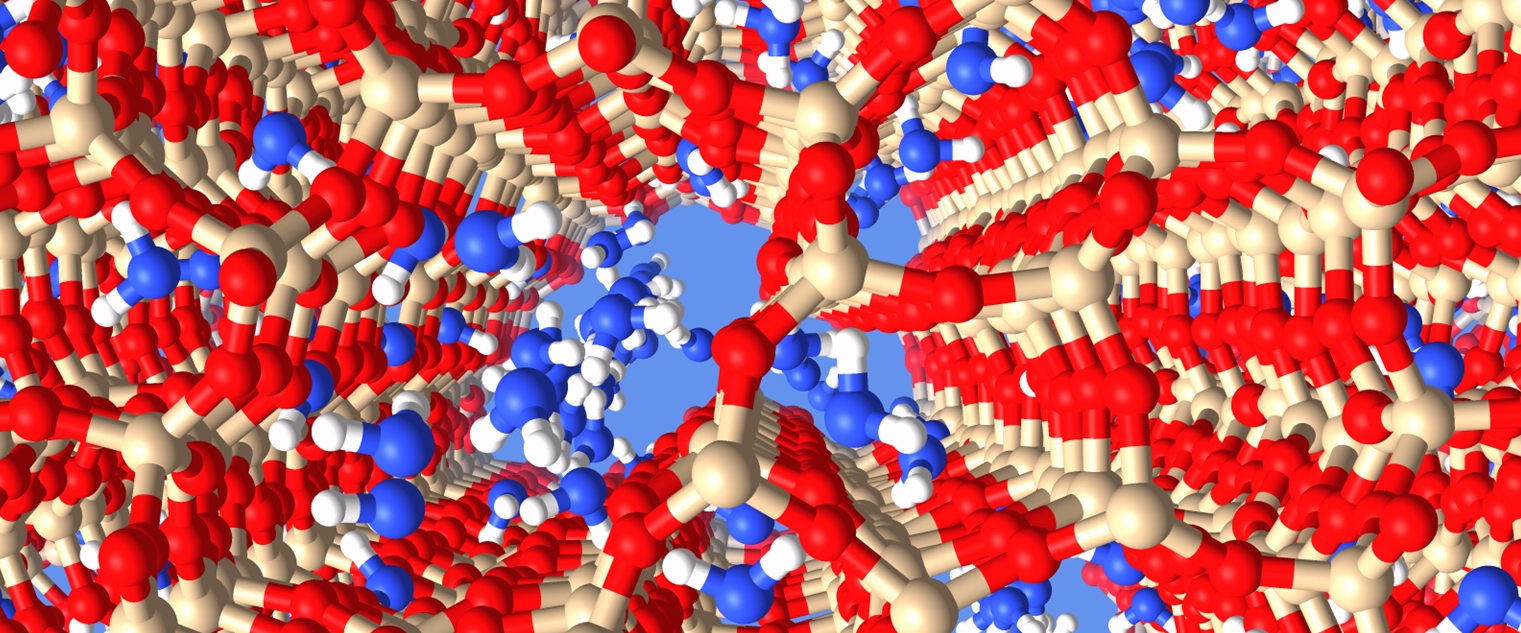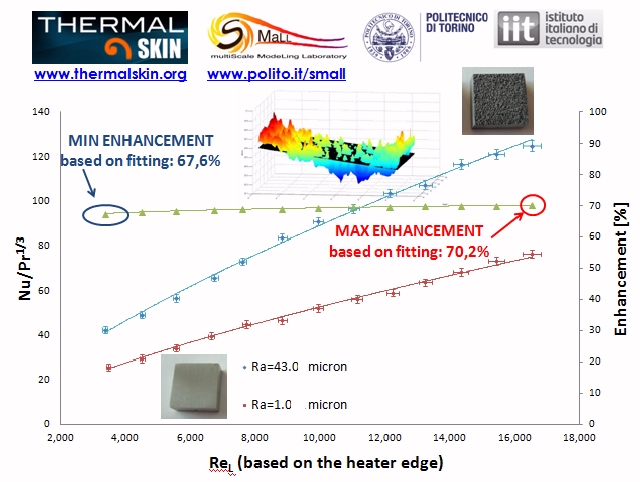| Professor
of Heat and Mass Transfer Multi-scale Modeling Lab - SMaLL E-mail: pietro.asinari AT polito.it Mail: Department of Energy, Politecnico di Torino, Corso Duca degli Abruzzi 24, Zip Code 10129, Torino, Italy Phone: +39 011 090 4434 Fax: +39 011 090 4490  Artificial Compressibility Method HOMISBOLTZ code EnerGRID Cluster Facility |
 Kyoto, 2012 Last updateDecember 23rd, 2016 |
A comprehensive understanding
of molecular transport within nanoporous materials remains
elusive in a broad variety of engineering and biomedical applications.
In the
recent paper published by Matteo Fasano, Elio Chiavazzo and Pietro
Asinari on NATURE
Communications in collaboration with the Massachusetts
Institute of Technology (MIT), experiments and
atomistic simulations are synergically used to elucidate the
non-trivial interplay between
nanopore hydrophilicity and surface barriers on the overall water
transport through zeolite
crystals. At these nanometre-length scales, these results highlight the
dominating effect of
surface imperfections with reduced permeability on the overall water
transport. A simple
diffusion resistance model is shown to be sufficient to capture the
effects of both
intracrystalline and surface diffusion resistances, thus properly
linking simulation to
experimental evidence. This work suggests that future experimental work
should focus on
eliminating/overcoming these surface imperfections, which promise an
order of magnitude
improvement in permeability. More
The
transport of
water in
nanoconfined
geometries is different from bulk phase and has
tremendous implications in nanotechnology and biotechnology. In the
recent paper published by Elio Chiavazzo, Matteo Fasano and Pietro
Asinari on NATURE
Communications, the molecular dynamics is
used to compute the self-diffusion coefficient D of water within
nanopores, around
nanoparticles, carbon nanotubes and proteins. For almost 60 different
cases, D is found to
scale linearly with a parameter which represents the ratio between the
confined and total water
volumes. As an example, such relationship is shown to accurately
predict the relaxometric
response of contrast agents for magnetic resonance imaging. This
relationship can help
in interpreting the transport of water molecules under nanoconfined
conditions and tailoring
nanostructures with precise modulation of water mobility. More
In
the
recent paper published by Luigi Ventola, Eliodoro Chiavazzo and Pietro
Asinari on
Int. J. of Heat and Mass Transfer, experimental evidences are
reported on the potential of direct metal laser sintering
(DMLS) in manufacturing at and finned heat sinks with a remarkably
enhanced convective heat transfer coefficient, taking advantage of
artificial
roughness in fully turbulent regime. To the best of our knowledge, this
is the
first study where artificial roughness by DMLS is investigated in terms
of such
thermal performances. On rough at surfaces, we experience a peak of 73%
for the convective heat transfer enhancement (63% on average) compared
to
smooth surfaces. We propose
that heat transfer close to the wall is dominated by eddies with size
depending
on the roughness dimensions and the viscous (Kolmogorov) length scale. More
In the recent paper published by Eliodoro Chiavazzo, Luigi Ventola and Pietro Asinari on Experimental Thermal and Fluid Science, a sensor for measuring small convective heat flows (<0.2 W/cm^2) from micro-structured surfaces is designed and tested. This sensor exploits the notion of thermal guard and is purposely designed to deal with metal samples made by additive manufacturing, such as direct metal laser sintering (DMLS). Similar works in the literature often have the necessity of maintaining one-directional heat flows along the main dimension of a conducting bar using insulating materials. Such an approach can be critical for small fluxes due to the curse of heat conduction losses along secondary directions. As a result, it is necessary to estimate those secondary fluxes (e.g. by numerical models), thus making the measurement difficult and indirect. On the other hand, depending on the manufacturing accuracy, the present sensor enables to practically reduce at will those losses, with direct measurement of the heat flux. More
“Genius is one percent inspiration and ninety-nine percent perspiration”, Thomas Edison



